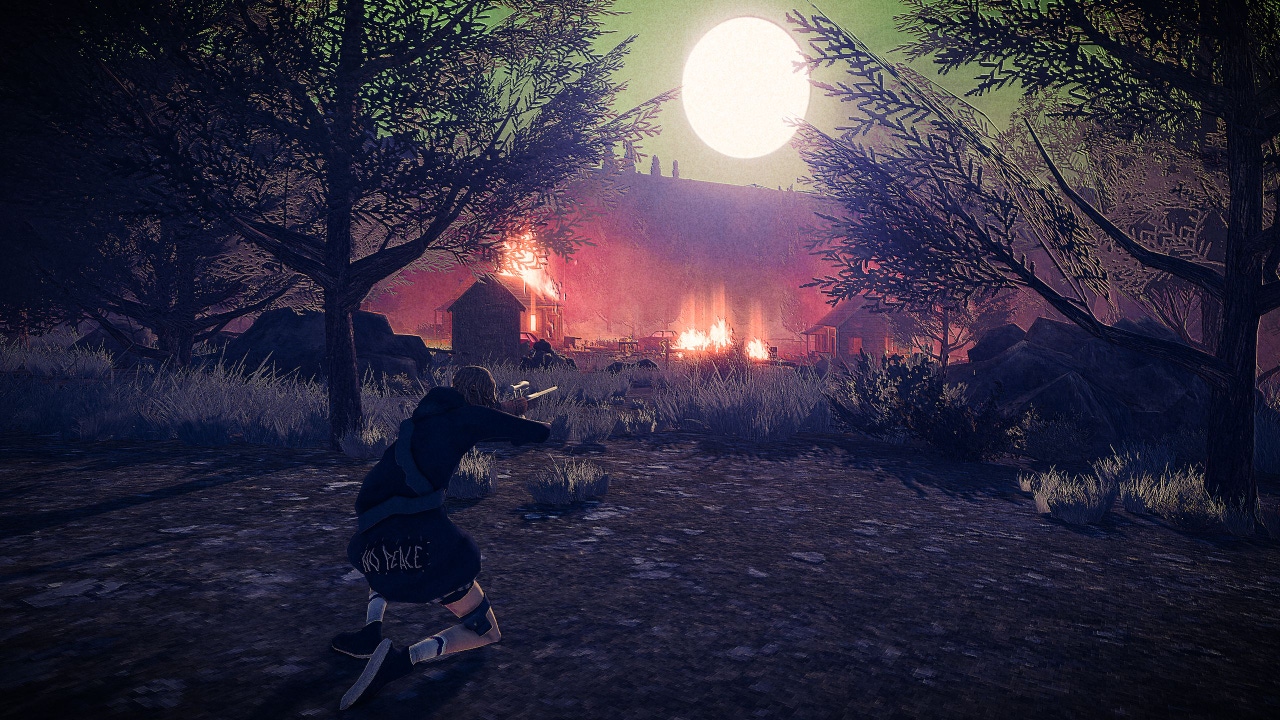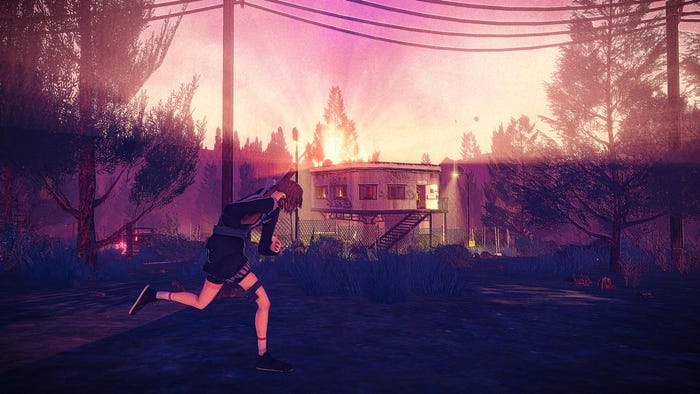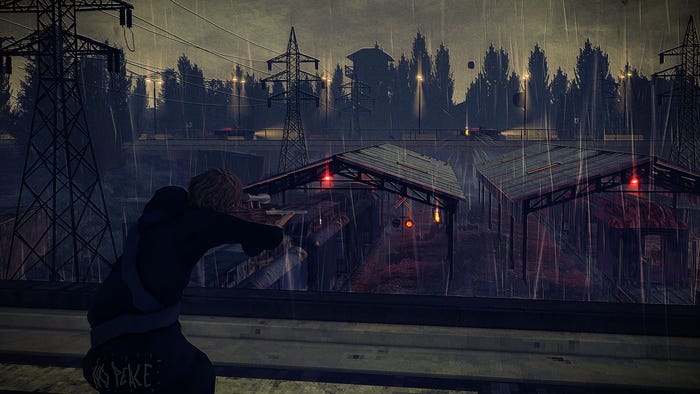Trending
Opinion: How will Project 2025 impact game developers?
The Heritage Foundation's manifesto for the possible next administration could do great harm to many, including large portions of the game development community.

Featured Blog | This community-written post highlights the best of what the game industry has to offer. Read more like it on the Game Developer Blogs or learn how to Submit Your Own Blog Post
'There's one thing that combines those two games: they require patience and experimentation. They are expressive. Even though on the surface they’re very different, they both just feel amazing to play!'
April 16, 2024

Usually when I make games, it starts with a visual direction. An idea of a scene that would be interesting for me to explore. There's a specific moment and atmosphere I have in mind, a feeling I want to capture. That's why I love working in 3D. It allows me to create something that can be explored on a much different level than if it was 2D. It can amplify the atmosphere of a space a lot when you can just freely look around and take in the feeling of it. I love it!
But for Children of the Sun, it was different.
For a start, I had no art in mind at all! I honestly don’t even remember where the gameplay idea came from. It was a time where I was in-between jobs and had a bunch of time on my hands, so I just worked on a lot of prototypes and random ideas. My memory of the time period is a bit blurry, but I remember landing on one idea that instantly resonated with me.
The idea was simple - your character, a sniper, scopes out an area looking for targets, and when you feel like you have a good position, fire. The twist is that once you take the shot, the perspective then switches to the bullet itself. When the bullet impacts an enemy or other shootable object, you take control and attempt to re-aim at the next target before time runs out. Even more simply put, each level of the game has two phases to them: Exploring and Action. I loved the idea of creating a three dimensional puzzle out of “connecting the dots” with a single bullet. It was the most “gamey” thing I have ever done.
While I was excited to explore the idea and add more things, I knew that I could only finish the game if I focused as much as possible on making that one mechanic work really well and strip away all the extra fluff.

One great example is the exploration part before the first shot gets fired. Having the environment populated with enemies and being able to walk around completely freely would be a lot of work. There’s character controls of course, as well as collisions with the environment which can be annoying to polish and difficult to make feel good. But most importantly: Enemy AI. What happens when you get seen by them? How do they react? Can you run away and hide while they are chasing you? Will they eventually give up and go back to their position? Do you need more controls for the player to hide, something like crouching? Even if I could implement all of those things (on my own!) there would then be lots of animation work on top. UI work as well. UI work is the worst kind of work. The game could have turned into a full-on stealth game, making it incredibly complex to make as a solo developer, and also to play.
This is not what I wanted the game to be.
So, I completely removed free-form stealth and exploration from the equation. Instead, you move along a fixed path around the level. Simple! This change allowed me to focus on the core mechanics, making Children of the Sun so much easier to pick up and play. You can play it using one hand with the mouse. Awesome.
This design is greatly inspired by two of my favorite games: Killer7 and Hitman.
Killer7 is just such a beautiful thing. Its strength comes from its limitations. It’s a slightly clunky shooter with restricted movement, featuring somewhat obscure puzzles, and a very edgy tone. Some people don’t see beyond its problems, but to me all of those things come together and become its strength. It has an incredible soul.
Hitman is somewhat on the other end of the spectrum. It's very systematic, and super polished. It's one of those games that’s great in part simply because it is so well made. It allows so much freedom and very often surprises you with the possibilities it offers you.
There's one thing that combines those two games: they require patience and experimentation. They are expressive. Even though on the surface they’re very different, they both just feel amazing to play!
It was very clear to me that the mechanic I had on hand was a puzzle game at its core. At the same time, I wanted to make a game that allows people freedom. There should never be just one correct solution to each level.

Each time I conceived a level, I started by greyboxing an environment, placing a few enemies (or “puzzle pieces”) and then imagined a cool way to solve it. I would play it a few times and find lots of other ways to solve it. Some were cooler than others, and some were easier than others. Just moving things around slightly can change the complexity of a level a lot, so making a level took a lot of iteration time and playtesting.
Once I was satisfied with the core mechanics and basic level design, I started thinking about adding some unlockable abilities, allowing for more control over the bullet, creating more variables to take into consideration while making levels. Not to mention challenging players more whilst also giving them more tools. I wanted to keep the game lean and replayable, something that people could just dip into or get completely lost in for hours and hours.
It was a lot of work, but I think it was all worth it in the end! I hope players agree.
This is the first “professional” game I have ever made, and it has been an incredible experience. I’ll be forever grateful for being able to spend the last few years doing what I wanted to do together with such amazing people.
Read more about:
Featured BlogsYou May Also Like